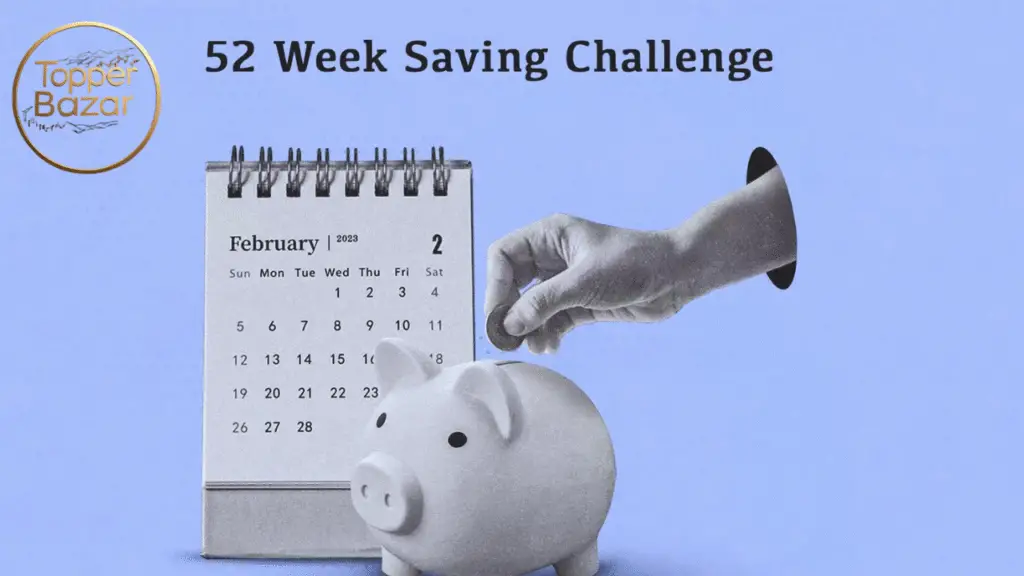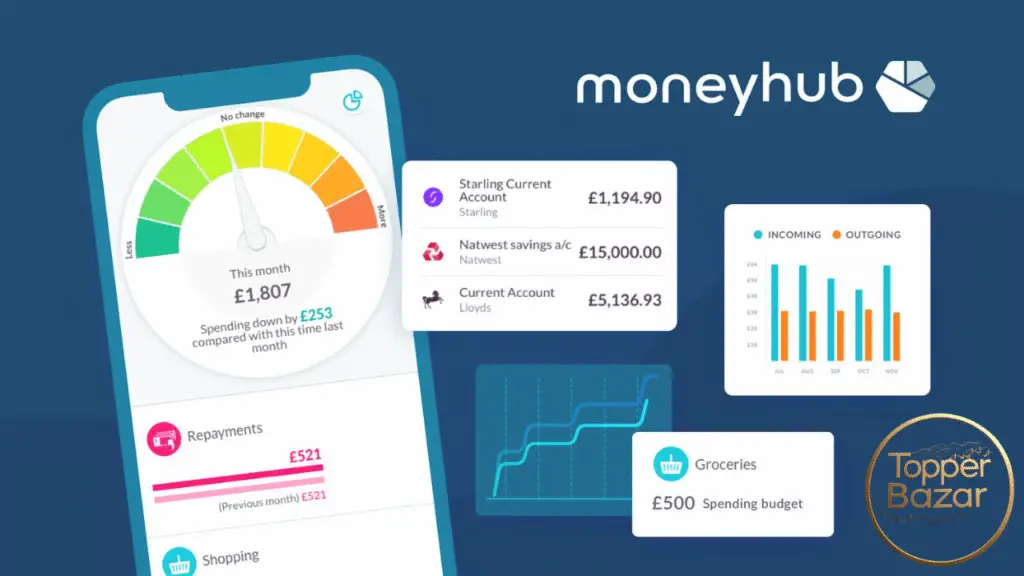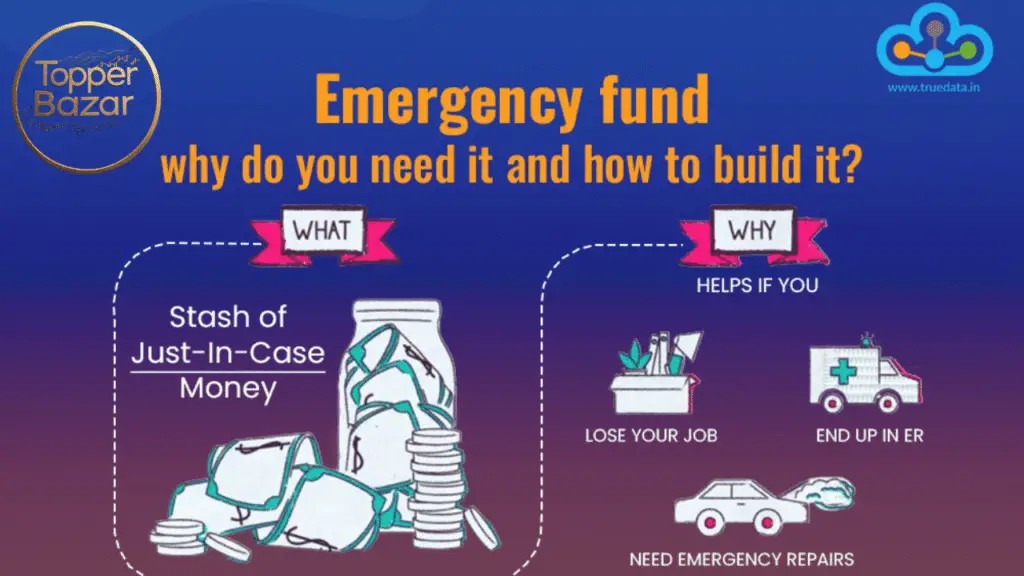Saving Challenges (52-week, no-spend) are creative and engaging ways to build your savings while developing better financial habits. These challenges make saving money feel like a game, breaking down big goals into manageable steps. The 52-week challenge encourages consistent weekly savings, while the no-spend challenge focuses on cutting non-essential spending for a set period. Both are popular tools for personal finance enthusiasts looking to save for emergencies, pay off debt, or fund dreams like a vacation or a new home. This article explores how these challenges work, their benefits, drawbacks, and tips to succeed, helping you take control of your finances.

The 52-Week Saving Challenge
The 52-week saving challenge is a year-long plan where you save a small amount each week, increasing it incrementally. In the traditional version, you save $1 in week one, $2 in week two, and so on, up to $52 in week 52. By the end of the year, you’ll have saved $1,378. The challenge is simple to start, as the early weeks require minimal savings, making it accessible even during financially tight times like January.
How It Works
- Weekly Deposits: Save an amount equal to the week number (e.g., $3 in week 3, $10 in week 10).
- Total Savings: By week 52, your savings total $1,378 if you follow the standard plan.
- Variations: You can adjust the increments (e.g., save $5 weekly for $260) or reverse the challenge (start with $52 and decrease to $1) to front-load larger amounts when you’re financially stronger.
- Tracking: Use a printable chart, spreadsheet, or app to track progress. Some banks, like GTE Financial, offer digital trackers and incentives, such as doubling your savings if you complete the challenge.
Benefits
- Builds Saving Habits: Starting small helps you develop a consistent saving routine, which can extend beyond the challenge.
- Flexible: You can customize the amounts or frequency (e.g., biweekly for those paid every two weeks) to suit your income.
- Motivating: Seeing your savings grow each week, especially with visual trackers like charts or apps, keeps you engaged.
- Significant Savings: Saving $1,378 in a year can fund an emergency fund, pay off debt, or cover a vacation.
The No-Spend Challenge

The no-spend challenge involves avoiding all non-essential spending for a set period, typically a week, month, or even longer. You focus on essentials like rent, utilities, and groceries, while skipping things like dining out, entertainment, or online shopping. The money you don’t spend can be redirected to savings, debt repayment, or other financial goals.
How It Works
- Set a Timeframe: Choose a period, like 30 days or a weekend, to avoid non-essential spending.
- Define Essentials: List necessary expenses (e.g., bills, groceries, transportation) and stick to them.
- Redirect Savings: Transfer the money you would’ve spent on non-essentials to a savings account or debt repayment.
- Track Progress: Use a printable tracker or app to mark no-spend days and monitor savings.
Benefits
- Breaks Spending Habits: It highlights unnecessary purchases, like frequent takeout, helping you rethink spending patterns.
- Quick Savings: Even a short challenge can save hundreds, especially if you cut out daily coffee or impulse buys.
- Flexible Duration: You can try a weekend, a month, or longer, depending on your goals.
- Encourages Creativity: Users find free alternatives, like hosting potlucks or exploring local events, to stay social without spending.
How to Succeed in Saving Challenges
To make the 52-week and no-spend challenges work for you, try these tips:
- Set a Goal: Decide what you’re saving for (e.g., emergency fund, vacation) to stay motivated. Visualizing the reward, like a trip, helps.
- Track Progress: Use printable charts, spreadsheets, or apps like Qapital to monitor savings. Visual trackers boost motivation.
- Automate Savings: Set up automatic transfers for the 52-week challenge to avoid forgetting deposits.
- Start Small: For the 52-week challenge, begin with small amounts or use a consistent amount (e.g., $10 weekly) if large sums are tough.
- Plan for No-Spend Days: Prepare low-cost meals and free activities (e.g., movie nights at home) to make no-spend periods enjoyable.
- Adjust as Needed: Customize the challenges to fit your budget. For example, save biweekly for the 52-week challenge if you’re paid every two weeks.
- Share Your Goals: Tell friends or family about your challenge for accountability. They may join or suggest free activities.
Saving Challenges and Personal Finance

Saving Challenges (52-week, no-spend) align with personal finance and investing by encouraging disciplined saving and mindful spending. The 52-week challenge builds a habit of regular saving, which can be directed to investments like retirement accounts or mutual funds to grow wealth. The no-spend challenge frees up cash by cutting unnecessary expenses, allowing you to pay off high-interest debt or boost savings for future investments. Both challenges teach you to prioritize needs over wants, a key principle of financial success.
Which Challenge Is Right for You?
- Choose the 52-Week Challenge If: You prefer a structured, year-long plan with clear savings goals. It’s great for building consistent habits and saving a predictable amount ($1,378 or customized).
- Choose the No-Spend Challenge If: You want to reset spending habits or save quickly for short-term goals. It’s ideal for those who overspend on non-essentials.
- Combine Both: Try a no-spend month to jumpstart savings, then use the 52-week challenge to maintain momentum. The no-spend savings can fund early weeks of the 52-week challenge.
Conclusion
Saving Challenges (52-week, no-spend) offer fun, practical ways to improve your personal finance and investing habits. The 52-week challenge builds steady savings over a year, perfect for long-term goals like an emergency fund or investment contributions. The no-spend challenge cuts unnecessary spending, freeing up cash for debt repayment or savings. Both challenges are flexible, allowing you to tailor them to your budget, and they foster discipline and mindfulness. Start one today, track your progress, and watch your savings grow toward a stronger financial future.




